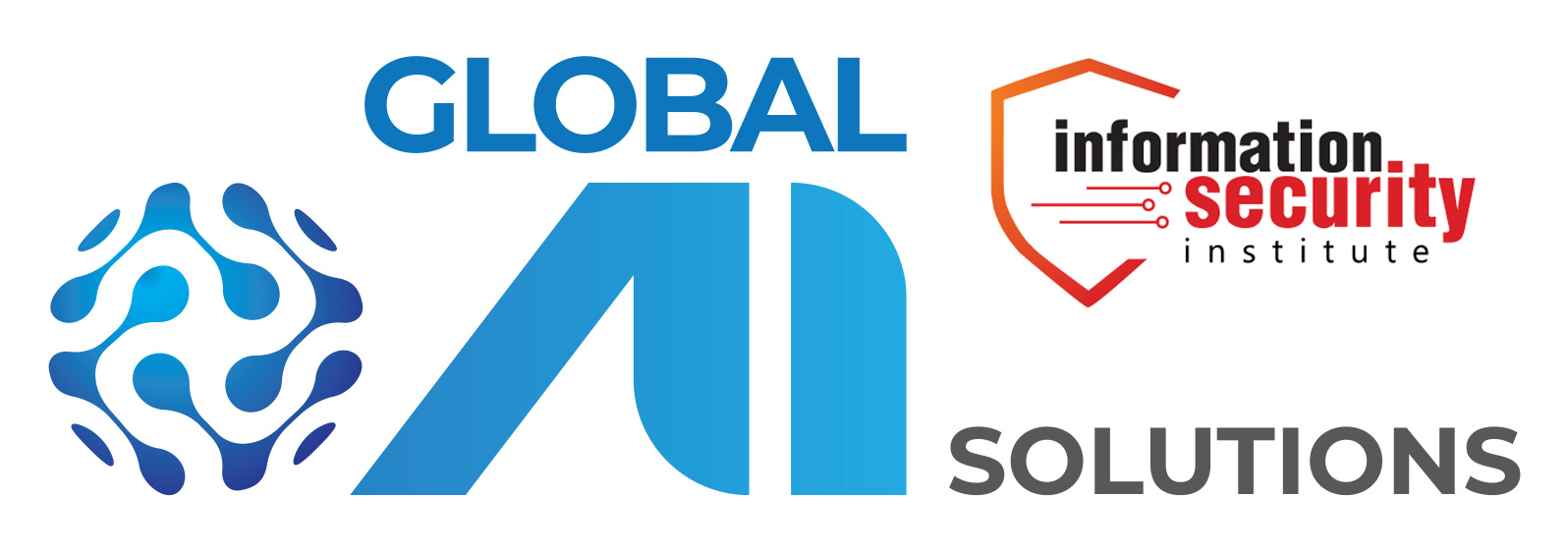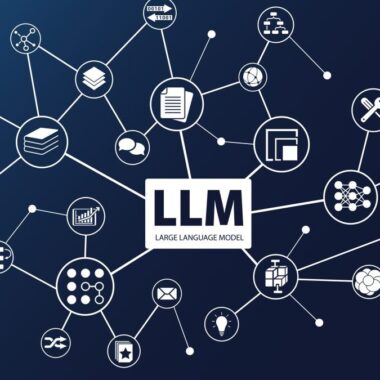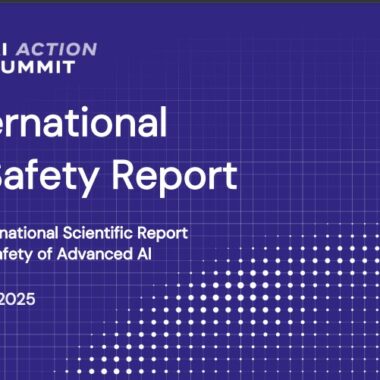Management, board of directors, and executives face a growing challenge: effectively integrating rapidly advancing AI capabilities into their organisations. The solution lies in the emerging role of the Chief AI Officer (CAIO), a pivotal position that steers AI initiatives across business strategy, resources, and technology.
AI’s transformative power is evident across industries and global markets. From enhancing corporate processes to revolutionising products, AI adoption is accelerating at an unprecedented pace. Generative AI tools like ChatGPT have already demonstrated their potential to reshape workflows, with surveys indicating that over 60% of professionals expect AI to make their work more efficient or even automate tasks entirely.
However, with opportunity comes risk. Studies reveal that up to 80% of AI projects fail to meet their KPIs, often due to challenges like scalability, robustness, and adapting to dynamic data conditions. The stakes are high—not just in infrastructure and software investments but in cultivating the advanced talent required to design, deploy, and iterate AI solutions.
The Critical Role of the CAIO: Ensuring Your Organization is Ready for AI Leadership
The Chief AI Officer (CAIO) is pivotal in steering AI integration across an organisation. However, hiring the wrong CAIO or failing to prepare your organisation for this role can lead to costly missteps, inefficiencies, and missed opportunities.
To avoid these pitfalls, assessing your organisation’s readiness and taking deliberate steps to absorb this transformative function is crucial. Here’s how the CAIO role can help address key challenges and ensure successful AI integration by evaluating Organizational Maturity: Assess whether your organisation has the processes, culture, and infrastructure to support AI adoption.
Define Clear objectives and align resources by engaging stakeholders to establish metrics for Success: Define KPIs that align AI initiatives with broader business goals.
How can the CAIO Role Address the following Challenges:
– Strategic Alignment: Ensures AI initiatives directly contribute to organisational priorities.
– Risk Mitigation: Identifies and addresses ethical, security, and scalability issues.
– Cross-Functional Integration: Breaks down silos to ensure AI solutions are scalable and reusable across departments.
– Talent Development: Builds a workforce that embraces AI and understands its limitations and risks.
Hiring a CAIO is not about filling a role—it’s about preparing your organisation to harness AI’s full potential. By taking these steps, you’ll avoid setbacks and set the foundation for long-term AI-driven success.
Is your organisation ready for a CAIO? Start preparing today!
- Strategic Alignment: The CAIO ensures that AI initiatives align with overarching business goals and regulatory considerations, particularly in industries like legal, risk, and tax.
- Resource Optimization: By guiding investments in talent, infrastructure, and AI-driven tools, the CAIO maximises ROI while mitigating risks.
- Scalability and Sustainability: From pilot programs to enterprise-wide adoption, the CAIO focuses on building AI systems that are robust and adaptable to evolving demands.
Checklist on how to integrate the CAIO’s role into AI corporate demands
- Identify the areas where AI will impact the organisation’s initiatives and budgets.
- Relating to the designs and audit approaches will deliver transparent regulatory compliance. Who will be tasked with ensuring adoption, consistency, and adaptability?
- What are the plans to define, manage, integrate, and retire future AI capabilities?
- Interact with the stakeholders on the apparent why of AI oversight, primarily focusing on leverage, reusability, risks, expenses, context, staffing, and expertise.
- Document the emerging tasks, activities, and responsibilities that can be unclear based on the organisation’s size, strategy, and innovation culture.
- Creating an emerging role (the who) manages the complexities mentioned above
- Meet the emerging organisational demand and successfully integrate a next-generation C-Suite-level AI role. Discuss the roles and responsibilities of a CAIO.
- How can CAIO transform AI products, services, and granular solutions?
- How will the CAIO show value and return quickly without the usual trial and error when adapting rapid-cycle technologies geared towards process solutions into a product purpose for algorithmic-designed data extensibility and audibility?
- How will the organisation effectively connect the iterative CAIO role with existing AI imperatives within siloed processes and departments?
- Identify the corporate AI offerings, regardless of division, product, or service, that are now being procured, developed, and integrated into robust operating stacks (analogous to traditional application and technology stacks).
- Identify the provisioning of complex, layered AI solutions. Emerging trends immediately within the CAIO’s roles and responsibilities include predictive analytics, continuous auditability, regulatory compliance, event-driven architectures, and intelligent resource management.
- Develop a roadmap with separate efforts to identify emerging challenges over time.
Based on the above checklist, ensure that the CAIO is responsible for:
- using AI as a catalyst for data and process transformations;
- integrating expertise between AI technologies and business drivers;
- turning department and process pilots into scalable, reusable solutions;
- identifying and mitigating AI risks that will continue to emerge in concert with AI complexity and cascading outputs;
- delivering efficiency forecasts into financial realities;
- ensuring privacy, security, and ethical conduct of AI solutions;
- enhancing predictive and event-driven data forecasts using layered, intelligent decision-making and
- Identify and build a workforce that embraces AI while understanding its limitations.
Many leaders will continue to embrace and debate the use of a CAIO within their enterprises. Suppose the last couple of years of AI progress, adoption, and hype are any indication of the future. In that case, the CAIO role will be quickly included in all aspects of corporate decision-making while struggling with stable roles and responsibilities typical of traditional C-Suite segments.
Why Participate in the three-day CAIO Certification Program?
The CAIO Certification Program equips leaders with the knowledge and tools to:
- Integrate AI into corporate capabilities and culture.
- Navigate legal, risk, and operational complexities.
- Drive AI adoption that delivers measurable business impact.
AI is no longer just a tool—it’s a core component of modern business strategy. By embracing the
CAIO role, organisations can harness AI’s potential while avoiding common pitfalls, setting the stage for long-term success in the AI-driven future.
Join the CAIO Certification Program to lead the way in AI strategy and execution for your organisation!





